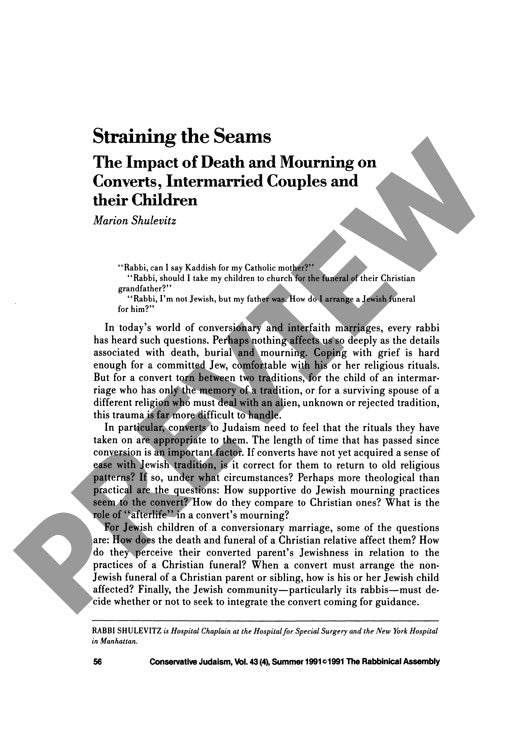Straining the Seams the Impact of Death
Couldn't load pickup availability
Death rituals become unexpectedly volatile battlegrounds for Jewish converts and intermarried families, exposing deep tensions between religious traditions precisely when emotional stakes are highest. Through extensive qualitative interviews with converts, rabbinical students, family counselors, and adult children of intermarriages, clear patterns emerge in how individuals navigate competing mourning practices. Converts frequently experience significant dissonance between old and new religious customs, with their comfort in Jewish mourning rituals directly correlating to time since conversion. Many revert to familiar Christian customs during grief, having felt inadequately prepared for Jewish death practices. Rabbinical and community responses vary substantially, from supportive integration to outright rejection, significantly impacting converts' ongoing connection to Judaism. Intermarried couples face particularly complex challenges regarding burial arrangements, funeral practices, and children's religious identity during family deaths. While the traditional Jewish mourning framework serves committed Jews effectively, it requires thoughtful adaptation to address the needs of families bridging multiple religious traditions in contemporary Jewish communities. The research reveals death and bereavement as critical "time bombs" for conversionary and interfaith families, highlighting the urgent need for enhanced preparation and community support systems.

More Information
-
Physical Description
-
Publication Information
Published
ISBN
-
Publication Credits
Marion Shulevitz

